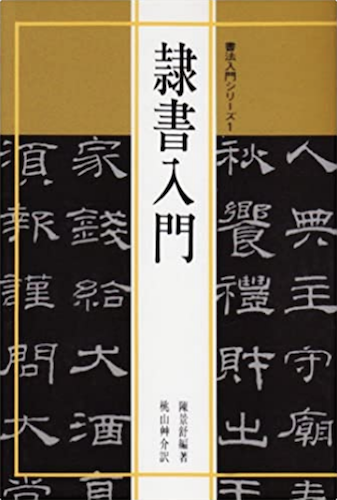171. The "Slave" Radical: 隶
Slavery is tough to contemplate, so thinking about a "slave" radical seems unpleasant. The alternate name "capture" doesn't make one feel any better. But it helps that radical 171 looks identical to a non-Joyo kanji whose first meaning is nothing like "slave":
隶 (to extend; reach and catch)
The Japanese Names of Radical 171
The eight-stroke 隶 character (which has no variants) is read as タイ. That yomi gives rise to the first two Japanese names of the 隶 radical:
たい
たいづくり
れいづくり
れいのつくり
The -づくり suffix means that the radical occupies the right side of a kanji. (For more on this nomenclature, see Radical Terms, go to the "Radical Positions" section, and read about position 2.)
The れい in the last names comes from the Joyo on-yomi of the only Joyo kanji featuring this on-duty radical:
隷 (1924: subordinate; slave)
So the latter two names refer to 隶 as the right-hand side of 隷.
Our radical is just a component in two more Joyo kanji:
康 (480: health)
逮 (1547: to arrest)
The Etymology of 隷
Henshall's newer edition says that in 隷 our radical means "to catch up with." The left side, which originally represented "quince," acts phonetically here to contribute the associated sense "join, bind, make into a pair." Together the two halves yield "capture and make into slave/servant" and therefore "slave."
Ugh, we're back to slavery! But not for long.
Clerical Script
The 隷 character plays a role in the following term:
隷書 (れいしょ: clerical script, an ancient, highly angular style of kanji)
Kojien says that 隷書 etymologically means "a easy-to-read script that even a 徒隷 (とれい: imprisoned person)—that is, a lowly person—can read."
Wikipedia describes clerical script as having "squat character shapes" and a "wavy" appearance thanks to its "thick, pronounced and slightly downward tails that are uptilted at the end." Samples appear on that site and on the book below.

As the title indicates, this book provides an introduction (入門, にゅうもん) to 隷書 (れいしょ: clerical script).
